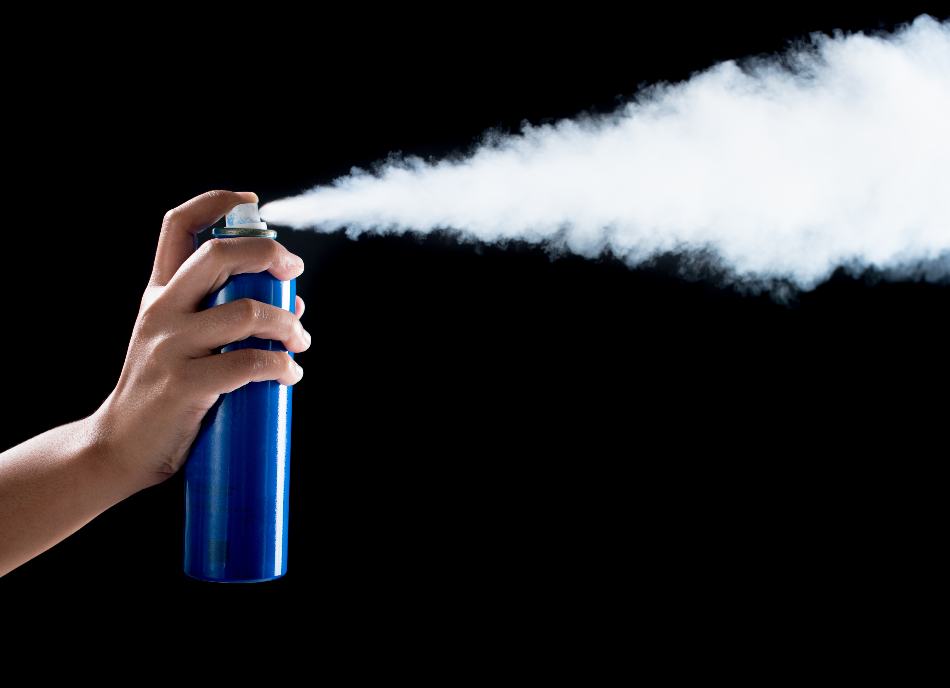Are nanoparticles safe?

Image Credit: Showcake/Shutterstock.com
Nanotechnology has seen a boom in recent years as scientists continue to develop its use in an increasing number of applications. The field of science is still considered to be in its early stages, however, already a vast number of consumer products contain nanoparticles, such as sunscreen, moisturizers, hair care products, coatings and paints, deodorants, baby products, and more.
The latest figures estimate that there are currently more than 1,000 nanotechnology-based consumer products on the market, today.
Due to the unique properties of nanoparticles, they have established themselves in such a wide range of products because of the benefits their special characteristics bring.
Often improving on conventional versions of the product, leading to better quality products with enhanced performance and sometimes additional functions or capabilities.
However, the question remains as to whether exposure to nanoparticles has an impact on human health. Research into how exposure to nanoparticles affects both human and environmental health is ongoing.
Nanoparticles measure less than one billionth of a meter in size, making them easy to inhale, pass into the blood, and interact with our organs. A particular cause for concern is the use of nanoparticles in spray products, this is because by their nature spray products introduce the particles of the substance into the atmosphere around the person using them, making them readily available to be breathed in.
Currently, scientists and health and safety bodies have a limited understanding of whether products, especially spray products, are exposing us to nanoparticles, and if this exposure is safe or not. Below we discuss what we already know about how likely exposure from spray products is, and what the potential impact of nanoparticle exposure from spray products would be on human health.
Research is underway to test the effects of nanoparticle exposure
Measuring the impact and potential danger of long-term exposure to consumer spray products presents a challenge. This is because it is nearly impossible to measure the effects of the nanoparticles of spray products in a real-life setting, taking regular measurements in this scenario is simply not feasible.
For this reason, most consumer exposure assessments are made by taking release measurements and combining these with modeling using exposure scenarios.
However, many studies have made notable attempts at determining the nature of if and how nanoparticles from spray products can impact human health. To begin with, studies on pure nanoparticles’ impact on human health have already thrown up a lot of red flags, with mounting evidence showing that the particles can incur, retain, and move around within living organisms and tissues.
In rats, they have been seen to traverse from the respiratory system to the olfactory bulb, which is responsible for relaying sensory information to the brain.
Also, manganese oxide nanoparticles have been found to initiate an inflammatory response in the body.
Other studies have shown that titanium dioxide nanoparticles from aerosols were inhaled by rats who later were shown to have these particles located in the alveoli, capillaries, and all major tissue compartments and cells in the lung. In mice, these particles were also shown to initiate an inflammatory response.
However, these studies were conducted looking at pure nanoparticles. The question is, whether nanoparticles in pray products have the same impact. As discussed above, it is difficult to measure the impact of real-life use of these consumer products, and for that reason, there is limited data available.
Below we discuss studies that have looked at spray products containing nanoparticles and have attempted to mimic a natural use scenario.
Evidence has shown that nanoparticles mixed with other substances in consumer products may pose just as much of a health risk as pure nanoparticles, or even more. This is because nanoparticles interact with the other ingredients they are added to, which can cause chemical modification, agglomeration, and other scenarios that can be hazardous to health if inhaled.
Recently, a team in South Korea designed an experiment in which they were able to estimate the number of nanoparticles inhaled the area surrounding the use of the spray product.
They found that nanoparticles from propellant sprays remained in the air and traveled relatively large distances, making inhalation of nanoparticles likely. In comparison, they found that the use of pump sprays carried a much lower risk.
Overall, there is a great need for more studies investigating the risk of and impact of exposure to nanoparticles in spray products. However, the data we currently have is not positive. Early findings suggest that spray products are likely to expose the user to nanoparticles, which, while they are not in their pure state, may still carry the negative health effects that other studies have uncovered.
Sources:
https://www.ncbi.nlm.nih.gov/pmc/articles/PMC4027967/#!po=8.06452
https://pubs.acs.org/doi/full/10.1021/acs.est.7b00211
https://pubs.acs.org/doi/10.1021/es202770m
Disclaimer: The views expressed here are those of the author expressed in their private capacity and do not necessarily represent the views of AZoM.com Limited T/A AZoNetwork the owner and operator of this website. This disclaimer forms part of the Terms and conditions of use of this website.